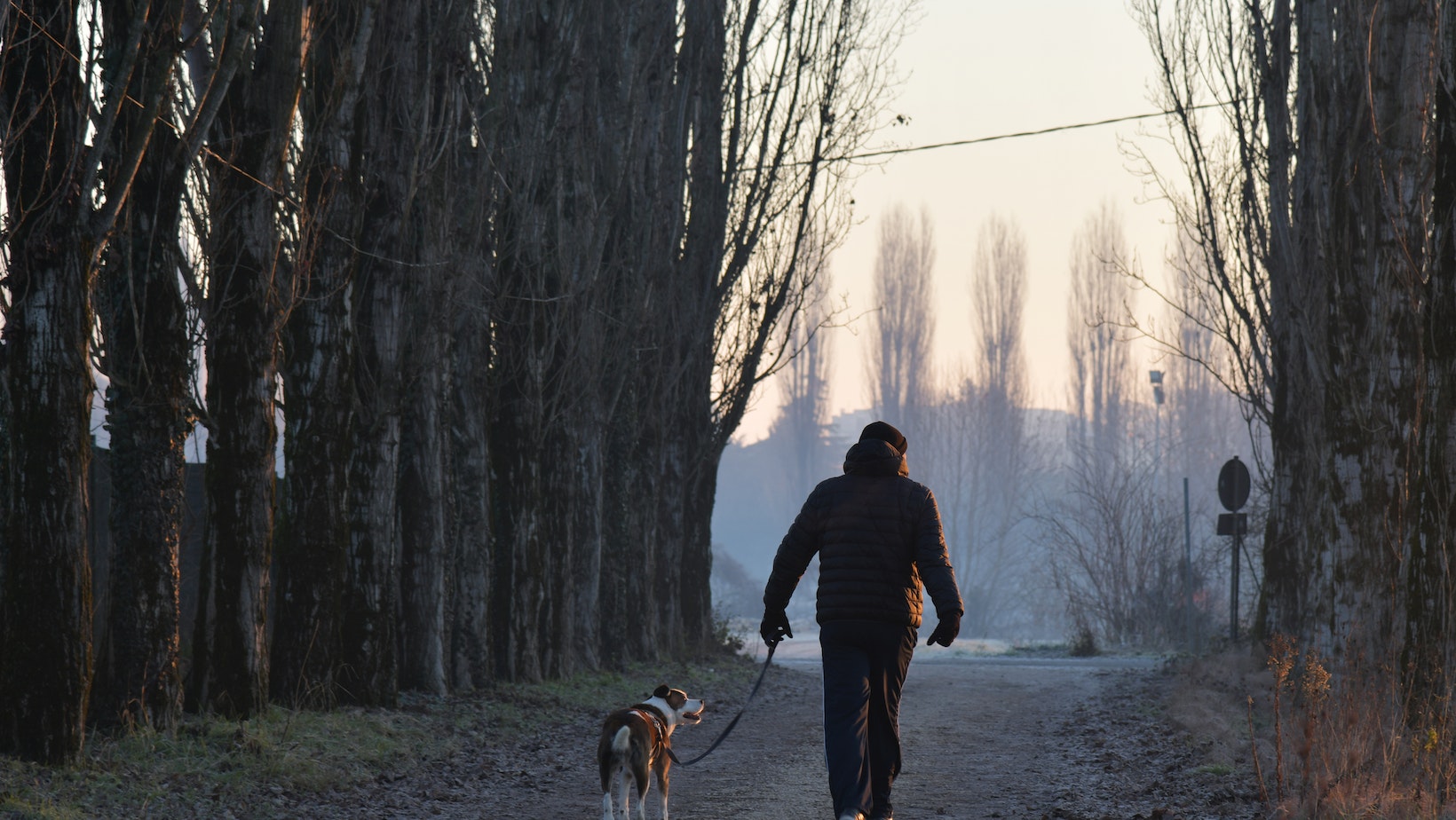Walking a big dog that pulls can be quite challenging, especially if you have a strong and energetic breed like a Labrador. But fear not, because I’ve got some tips and techniques to make your walks more enjoyable and manageable.
How to Walk a Big Dog That Pulls
- Hold the leash firmly: Ensure you have a secure grip on the leash with your dominant hand. Avoid gripping too tightly, as this may lead to discomfort or loss of control.
- Use a comfortable leash: Opt for a sturdy, non-retractable leash that provides you with better control over your dog’s movements. A shorter leash can also help minimize pulling tendencies.
- Position your hand correctly: Hold the leash close to your body with your hand relaxed but firm. Keep your wrist straight and avoid wrapping the leash around your hand, as this can increase the risk of injury if your dog suddenly pulls.
Establishing Control
- Start with basic obedience training: Teach your dog essential commands like “heel,” “sit,” and “stay.” Practice these commands during walks to reinforce good behavior and ensure they understand their role in walking beside you.
- Be consistent: Set clear expectations for how your dog should behave while walking on a leash, such as walking calmly beside you without pulling or lunging forward. Consistency is key in reinforcing these behaviors over time.
- Use positive reinforcement: Reward good behavior with treats, praise, or affection when your dog follows instructions or walks politely by your side without pulling excessively. This positive reinforcement encourages them to repeat desirable behaviors.
- Redirect attention: If your dog starts pulling or becoming too fixated on something during a walk, redirect their attention by using verbal cues or engaging them in a different activity, like playing with a toy or practicing commands.

How to Effectively Exercise Your Big Dog
In this section, I’ll share some tips on how to effectively exercise your big dog.
- Start with leash training: Before diving into long walks, it’s essential to train your dog to walk nicely on a leash. Use positive reinforcement techniques such as treats and praise to reward them when they walk calmly by your side. Gradually increase the duration of your walks while reinforcing good behavior.
- Choose the right equipment: Investing in proper equipment can greatly assist in managing your big dog’s pulling tendencies. Opt for a sturdy harness instead of a collar, as it distributes pressure more evenly across their body and reduces strain on their neck.
- Incorporate mental stimulation: Walking alone may not be enough to tire out an energetic Labrador. Consider incorporating mental exercises into your routine. This can include puzzle toys, obedience training sessions during walks, or even scent games where you hide treats along the route for them to find.
- Vary the route: Dogs thrive on novelty and exploration, so try different routes and environments when walking your big dog. Take them to parks or nature trails where they can experience new sights and smells – this will keep them engaged and less likely to pull out of excitement.
- Utilize positive reinforcement techniques: Rewarding desired behaviors during walks is key in teaching your big dog manners on the leash. Whenever they walk calmly without pulling, offer verbal praise or small treats as positive reinforcement.
- Consider professional help: If you’re struggling with excessive pulling despite consistent training efforts, seeking guidance from a professional dog trainer or behaviorist may be beneficial. They can provide personalized strategies tailored specifically for you and your big furry friend.
Remember, patience and consistency are key when working with a big dog that pulls. By establishing a routine, using the right equipment, incorporating mental stimulation, and reinforcing positive behaviors, you’ll be on your way to enjoying peaceful walks with your Labrador.